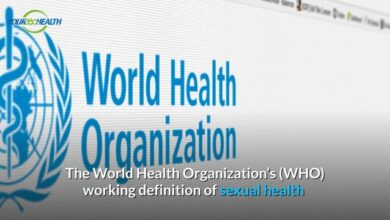By Staff Writer
Group B Strep is bacteria known as B Streptococcus or GBS. They reside in the gastrointestinal (stomach, intestine, and throat) and genital/urinary tracts. Usually, they are harmless as they don’t affect their host. However, they can induce infections collectively known as GBS disease.
Some common GBS diseases include,
- Bacteremia
- Sepsis
- Bone and joint infections
- Pneumonia
- Meningitis (usually in newborns)
Along with meningitis, GBS diseases are more common in newborns than adults.
Who is at a greater risk of getting GBS infections?
When talking about the people at greater risk, newborn children are on the top of the list. Almost 1 in 4 (25%) pregnant women carry Group B Strep in their bodies. They can transmit GBS to their babies, especially under some specific conditions such as the following –
- An unnecessarily long interval between the mother’s water breaking and the birth of the baby
- Fever during delivery
- Testing GBS positive in later trimesters of pregnancy
Other than newborns, adults aged 65 years or older are also at a greater risk than younger ones. The reason is that aged people with health issues like diabetes, obesity, cancer, and heart diseases are more likely to develop GBS infections.
How Are GBS Infections Transmitted?
Group B Strep doesn’t spread through contact, food, water, or air. Researchers have identified the only mode of spread is pregnant women to their babies. Based on this mode of transmission, there are two types of Group B Strep,
- Early-Onset Disease is the type in which newborns get infected within a week of birth. It clearly shows the mode of transmission is their mother. It is the most common type of GBS in infants.
- In late-onset disease, babies show infection between their births to three months after that. However, the mode of transmission is currently not known.
What Are the Symptoms of GBS Infections?
Women who transmit GBS to newborns don’t show any symptoms. However, newborns can show severe symptoms, such as fever, lethargy, blue-ish skin, and difficulty breathing. If GBS has induced pneumonia, the baby can also have chills, cough, chest pain, and difficulty breathing. When the infection affects bones and joints, it may cause stiffness or limited mobility.
By examining sterile body fluids such as blood and spinal fluid, doctors discover if a patient suffers from GBS. If it induces a urinary tract infection, testing urine samples helps diagnosis.
Are there any Complications of Group B Strep?
Group B Strep can cause miscarriages, stillbirths, and preterm deliveries. In addition, newborns can develop long-life complications like deafness or developmental abnormalities.
However, 4-6% of victims die due to GBS infections. In other words, 2 -3 of every 50 babies with the disease, according to the Centers for Disease Control and Prevention [CDC].
How Can You Prevent Group B Strep?
However, researchers have not identified ways to prevent GBS in adults but, they have introduced some preventive measures for newborns,
- Timely testing pregnant women for GBS (during 36th or 37th week of pregnancy)
- Using IV antibiotics for women with greater risk
A common strategy to avoid this situation is using birth canal washes. However, there is no proof of effectiveness one way or another to date.




